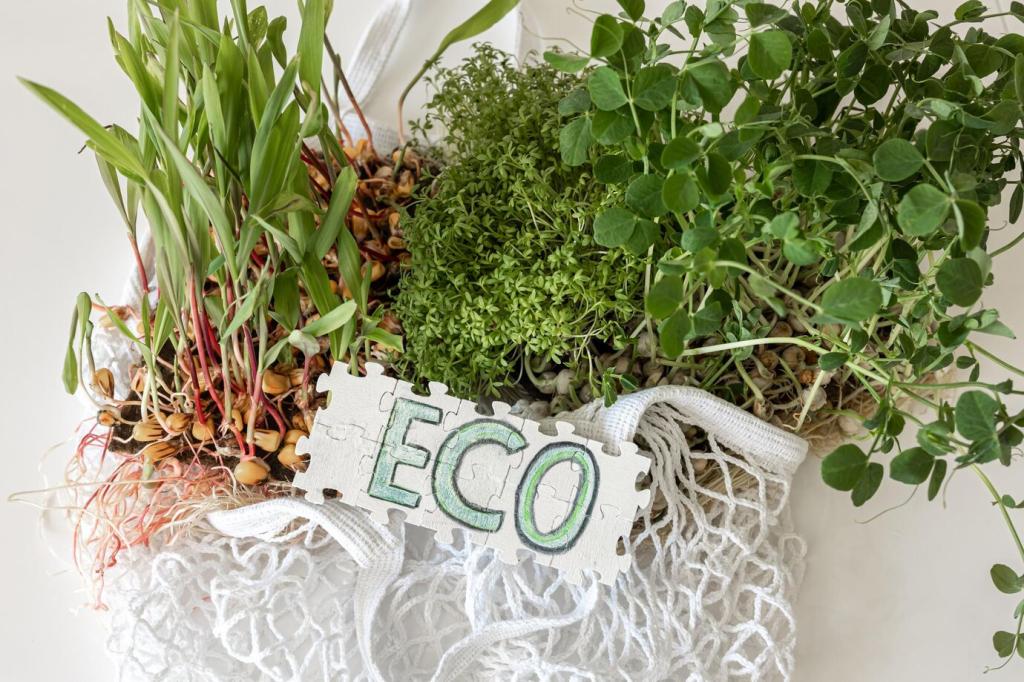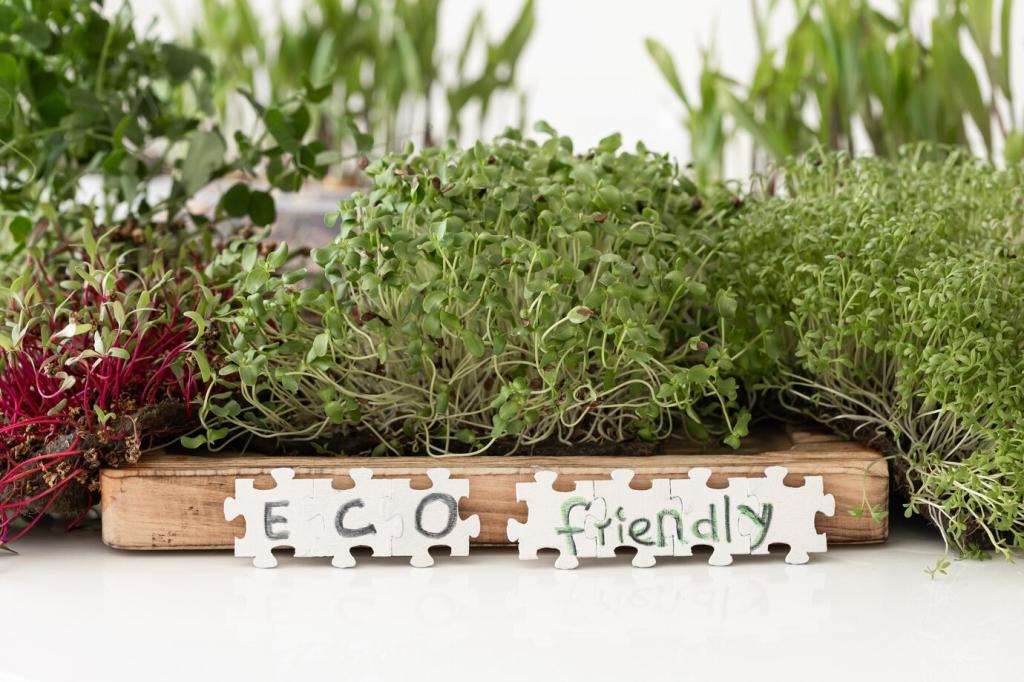Sustainable Materials in Interior Design: Crafting Spaces with Purpose
Chosen theme: Sustainable Materials in Interior Design. Welcome to a home where every surface, fiber, and finish tells a responsible story. Explore practical choices, comforting textures, and inspiring case studies that reduce impact and elevate everyday living. Subscribe for thoughtful tips and join the conversation.

What Makes a Material Truly Sustainable?
Life-Cycle and Embodied Carbon
A material’s footprint includes extraction, transport, manufacturing, use, and end-of-life. Prioritize low embodied carbon, recycled content, and reuse. Ask for Environmental Product Declarations to compare impacts, then select the option with the smallest, most transparent footprint.

Reclaimed Wood: Stories in Every Grain
Work with reputable salvage yards or certified reclaimers who provide provenance and condition reports. Ask about metal removal, fumigation practices, and prior finishes. Transparent sourcing protects indoor air quality and ensures your planks arrive stable and ready.




Aluminum and Steel with a Past
Request documented recycled content for aluminum and steel fixtures. Powder-coat finishes instead of solvent-heavy paints. These sturdy, endlessly recyclable metals offer crisp lines, industrial charm, and a path toward circular, low-maintenance interiors.
Glass with Purpose
Recycled glass tiles and terrazzo bring sparkle and depth. Specify grout with low emissions and sealers appropriate for wet areas. Their light-reflecting nature can amplify daylight, reducing the need for artificial lighting during bright hours.
Healthy Air, Happy Home: Paints, Finishes, Adhesives
01
Low-VOC labels can be confusing. Look beyond VOC content to third-party emission testing and cure times. Plan ventilation, follow reentry guidance, and consider waterborne, mineral, or bio-based alternatives for safer, fresher rooms.
02
Limewash and clay plasters add soft movement while buffering humidity. They patina beautifully, forgiving everyday scuffs. A small entryway we finished in clay immediately felt calmer, earthy, and grounded—an inviting exhale after busy days.
03
Ask about formaldehyde-free substrates, zero-VOC colorants, and low-emission subfloor adhesives. Request Safety Data Sheets and declare your health priorities early. Your advocacy shapes the site culture and ensures the right materials show up.
Local and Ethical Sourcing: Design with Place
Seek makers who can trace raw inputs and labor conditions. Local stone, responsibly harvested wood, or small-batch textiles often carry richer stories. Your rooms gain authenticity, and your budget stays closer to community hands.
Local and Ethical Sourcing: Design with Place
Architectural salvage and deconstruction networks rescue doors, fixtures, and trim from demolition. With careful refinishing, these elements become focal points. You’ll save materials from landfills and add irreplaceable character at approachable costs.
Maintenance and End-of-Life: Designing for Circularity
Design for Disassembly
Favor mechanical fasteners over permanent adhesives where feasible. Modular panels, click floors, and demountable partitions simplify future moves, repairs, or upgrades, protecting both your investment and the planet’s finite resources.
Repair Culture at Home
Keep finish samples, extra tiles, and maintenance kits on hand. Schedule seasonal care routines for oiled wood and cork. Share your best repair wins in the comments, and subscribe for simple upkeep checklists that actually work.
Responsible Off-Ramps
Before discarding, contact manufacturers about take-back programs. Donate usable fixtures to reuse centers. Document materials for future owners, making the next chapter easier and keeping valuable resources in circulation.

Getting Started: Room-by-Room Eco Upgrades
Choose solid wood furniture with verified low emissions, natural latex or certified mattresses, and breathable organic textiles. A quieter, cleaner sleep environment supports health—and makes sustainable design feel personal and restorative.
Consider recycled paper composite or recycled glass counters, formaldehyde-free cabinetry, and durable metal hardware with recycled content. Good lighting and efficient ventilation will support healthy cooking while reducing energy and cleaning burdens.
Try cork rugs, removable recycled-content backsplash panels, and low-VOC peel-and-stick options. Focus on portable pieces you can take along. Share your renter wins, and follow us for budget-minded, landlord-friendly sustainability ideas.
